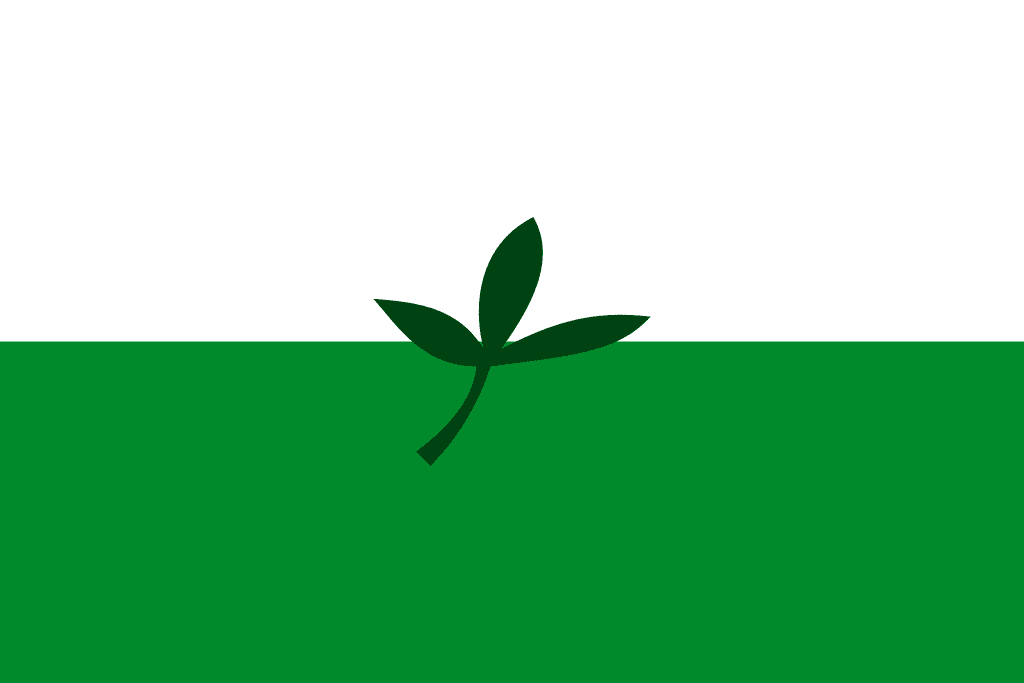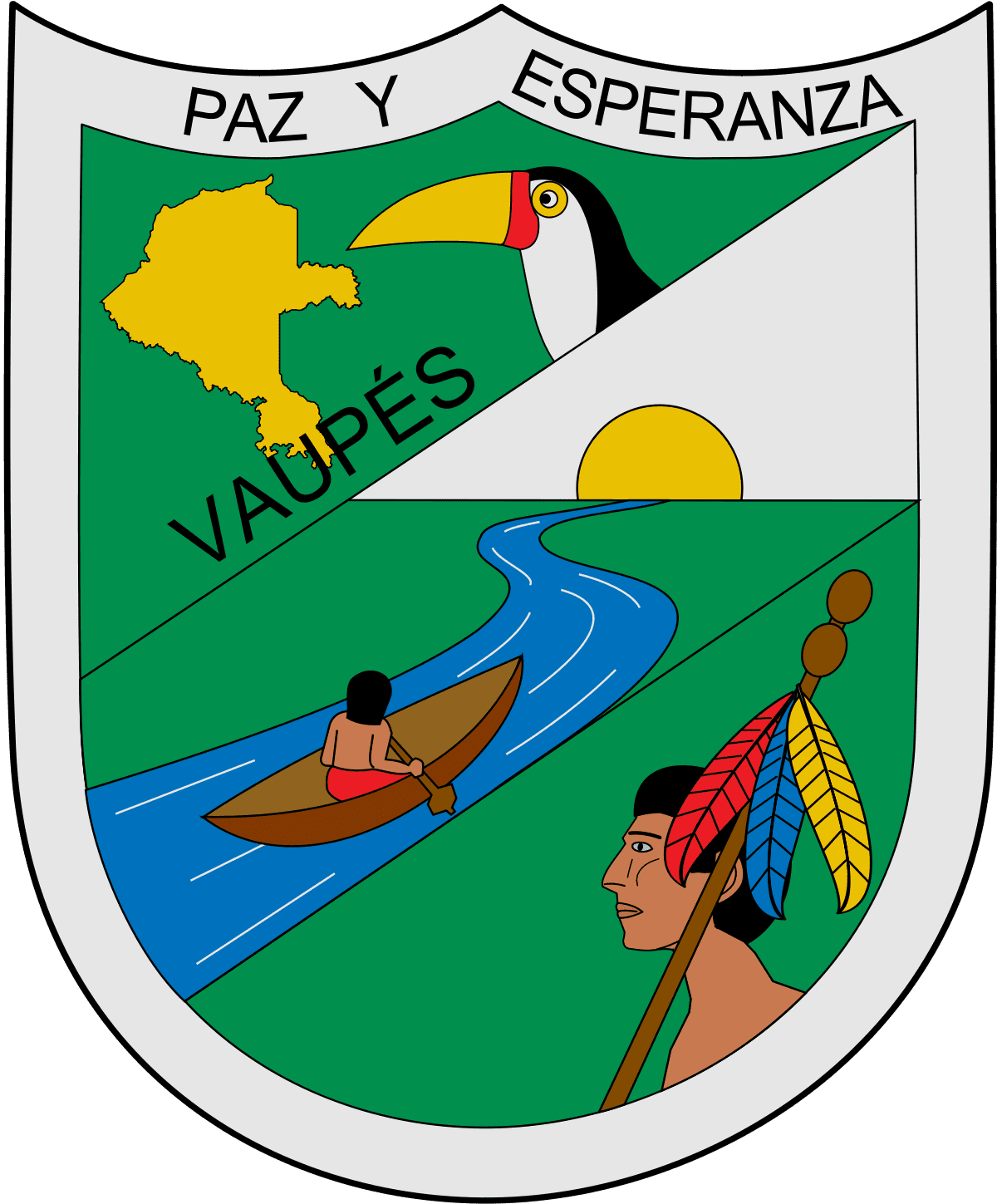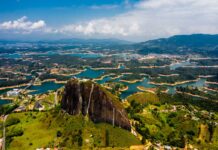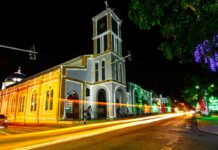Guainía es uno de los 32 departamentos que conforman la República de Colombia. Esta compuesto por 2 municipios y 6 áreas no municipalizadas (antes corregimientos departamentales). Su capital es el municipio de Inírida.
La palabra Guainía significa en lengua indígena yurí “Tierra de muchas aguas”. Para 2024 el departamento de Guainía es el quinto departamento más extenso de Colombia y el segundo menos poblado. Se encuentra ubicado en la región de la Amazonia al este del país.
| SIMBOLOS DEL DEPARTAMENTO |
Bandera del Guainía |
Escudo del Guainía |
| Clic aquí para escuchar el: Himno del Guainía |
| DATOS GENERALES DEL GUAINÍA |
| País: Colombia. |
| Entidad: Departamento. |
| Capital: Inírida |
| Gentilicio: Guainiano(a), Aguainarense |
| Lema: Perpetua lozanía |
| Fundación: 13 de julio de 1963 |
| Erección como departamento: 4 de julio de 1991 |
| Cantidad de Municipios: 2 |
| Sitio web oficial: guainia.gov.co |
Historia del Departamento del Guainía:
A finales del siglo XIX y principios del XX, la selva tropical atrajo la atención económica con actividades como la explotación de plumas, pieles y caucho. El transporte dependía del río Orinoco, comerciando con Venezuela y Brasil. En ese momento, solo existían la aldea Amanavén y el puesto de policía Puerto Limón en el río Guaviare. Tras una disputa territorial, el Laudo Arbitral Español de marzo de 1891 favoreció a Colombia, consolidando su soberanía.
La explotación extranjera del caucho, liderada por venezolanos como Roberto Pulido y Tomás Fúnez, generó temor y llevó a la creación de una comisaría en 1900, que se eliminó después. Desde 1935, empresas colombianas reemplazaron la actividad, que cesó en 1972. Después de resolver disputas fronterizas, la colonización del río Guainía comenzó en 1963 con la creación de la comisaría del Guainía mediante la Ley 18. En 1991, se elevó a la categoría de departamento según el artículo 309 de la Constitución Política de Colombia. En 2019 se creo Barrancominas el segundo municipio del departamento.
División político-administrativa de Guainía
El Departamento del Guainía esta conformado por 2 municipios de los cuales Inírida es la capital y por 6 áreas no municipalizadas (antes corregimientos departamentales). A continuación el listado de Municipios y áreas no municipalizadas de Guainía.
| Municipios y áreas no municipalizadas | Categoría |
|---|---|
| Inírida | Municipio (Capital) |
| Barrancominas | Municipio |
| Cacahual | Áreas no municipalizadas |
| La Guadalupe | Áreas no municipalizadas |
| Morichal Nuevo | Áreas no municipalizadas |
| Pana Pana | Áreas no municipalizadas |
| Puerto Colombia | Áreas no municipalizadas |
| San Felipe | Áreas no municipalizadas |
Gastronomía de Guainía
El pescado es la figura central en la gastronomía del departamento la cuál destaca como una de las más exóticas de Colombia, ofreciendo una amplia gama de recetas que incorporan frutas silvestres únicas y técnicas de cocina nativa, proveniente de la población indígena de la zona que constituye la mayor parte de la población del departamento.
Entre las exquisitas frutas autóctonas, se destacan el túpiro, los caimarones, el Moriche, el yurí, la manaca, el marañon, la madura verde, los cubarros y la palma de vino. Este desfile de sabores exóticos no solo enriquece los platos locales, sino que también define la identidad gastronómica de Guainía, convirtiéndola en un destino culinario incomparable en la nación. Algunos de los platos más representativos de la cocina guainiana son:
- Ajicero
- El pescado moquiado
- Chicha de Ceje
- Chicha de Manaca
- Casabe
- Mañoco
- Casajillo – Yuca Brava
- Chicha de Pijiguao (Chontaduro)
Conoce aquí la lista completa de recetas de la gastronomía del Guainía
Ferias y Fiestas del Guainía
Entre las ferias y fiestas del departamento encontramos el “Festival de colonias” en el cual se celebra el aniversario de fundación de Inírida y el trabajo de la colonias que se establecieron en el departamento y el “Festival de verano” que se realiza en el mes de febrero en las playas del río Inírida.
Conoce aquí la lista completa de festivales, ferias, fiestas y eventos del Guainía
Sitios Turísticos del Guainía
El turismo es uno de los sectores que en los últimos años ha emergido en el departamento, la riqueza natural de la que goza así como la riqueza cultural proveniente de las etnias indígenas que habitan la región han convertido a Guainía en un sitio apetecido para los amantes del eco turismo y del turismo cultural. Algunos de los sitios turísticos más importantes del Guainía son:
- Los Cerros de Mavicure
- Kenke Parque Natural y Cultural del Guainía
- Raudal del Mapiripana
- Reserva Nacional Natural Puinawai
Conoce aquí la lista completa de lugares turísticos de Guainía
Economía del Guainía
La agricultura constituye la actividad económica primordial en este departamento. Además, se destacan otros sectores dentro de la economía, tales como la pesca, la ganadería y la producción de palma de chiquichiqui, así como el cultivo del bejuco “Yaré”, que se emplea en la artesanía local, en los últimos años el departamento ha demostrado un gran potencial turístico que poco a poco va ganando terreno como otra actividad económica de importancia. Cabe mencionar la presencia de valiosos recursos minerales, como coltán, tungsteno, níquel y otros minerales catalogados como tierras raras. Sin embargo, la extracción de estos recursos es completamente ilícita, dado que las reservas se encuentran en una zona protegida, designada como territorio indígena o reserva natural (Reserva Nacional Natural Puinawai).
Leyendas y Mitos del Guainía
El Departamento posee una rica variedad de mitos y leyendas que se encuentran finamente entrelazados con la cosmología de las etnias indígenas de la región. Entre las leyendas y mitos que forman parte del imaginario de los aguainarenses se destacan las siguientes:
- Leyenda de la “Desinkoira” (mujer olorosa o mujer perfumada).
- Mito del pueblo Curripaco-El Primer Muerto
- El mito del principio y fin de todas las cosas
Estas leyendas y mitos forman una parte vital de la herencia cultural de la región, transmitiendo sabiduría, creencias y enseñanzas a lo largo de generaciones en los habitantes del Guainía.







